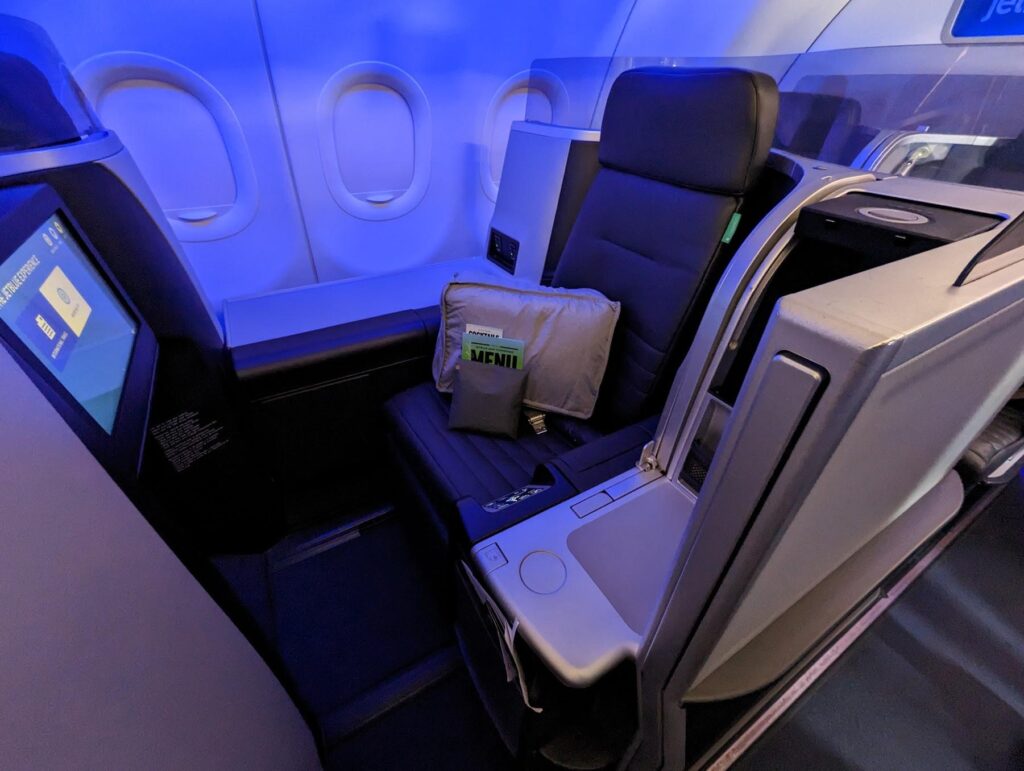Book Smarter: How the Chase Travel Portal Can Outshine Airline Sites
I’ve spent countless hours comparing direct airline bookings to various travel portals, and lately, I’ve noticed how the Chase Travel Portal continues to pack a punch for many frequent flyers. We receive compensation from some credit card issuers, but every recommendation I make is rooted in transparent, expert analysis. In 2025, new point valuation structures and evolving partnerships are transforming the way we redeem travel rewards, and it’s worth dissecting all the nitty-gritty details before committing to any approach.
1. Post-2025 Rewards Overhaul

The changes rolling out on June 23, 2025, might feel confusing at first glance, especially if you’re used to the “one-size-fits-all” redemption rates of the past. Chase Sapphire Reserve® and Preferred® cardholders will see specialized bonus rates tied to select airlines and hotels, meaning you can earn that sweet 1.25x or 1.5x multiplier on specific partners. According to industry data from late 2024, more than half of premium card users reported higher satisfaction when redemptions were tailored to particular travel brands, suggesting these targeted boosts could be a savvy move.
However, this approach also emphasizes the importance of flexibility. I’ve observed that being able to pivot from one airline to another can yield substantially better value during peak travel times. If your go-to airline isn’t on the bonus list, check out which carriers are—sometimes “zigging” away from your usual route actually saves points (and money) if the portal’s boosted offers align with a different carrier.
On the upside, Ultimate Rewards® points remain incredibly versatile. Once you find a high-value opportunity—be it a niche airline route or a five-star hotel chain—these specialized boosts can translate to hundreds of dollars in savings. Just take a moment to scan the fine print for eligible dates and routes before locking in your booking.
2. The Choice: Transfer Points or Book Through the Portal

In my own miles-and-points experiments, there’s often a game-time decision to be made: do I transfer points to an airline partner, or do I simply book through the Chase Travel Portal? Transferring points can sometimes net you huge returns—two cents per point or more if I time an international first-class redemption just right. According to a 2024 survey by the Travel Redemption Commission, 68% of frequent flyers find transferring rewarding primarily on long-haul trips in premium cabins.
On the other hand, the Chase portal’s simplicity offers immediate convenience: no blackout dates, better seat choice control, and you’ll still earn airline miles for paid fares. If you aim for a straightforward transaction or worry about limited award availability, booking through the portal often feels like a sure bet. The key is focusing on which redemption method offers the most per point—there’s no universal formula, but running a quick comparison on both sides can highlight some surprisingly good deals.
My suggestion is to weigh how much time you’re willing to invest into “hunt-and-peck” searching for award seats. If snagging that elusive upgrade or business-class seat abroad excites you, transferring may yield better returns. But if you prefer a smoother process with minimal guesswork, the portal is a strong fallback.
3. Combining Points from Multiple Cards

One strategy I love is pooling Ultimate Rewards® points across multiple Chase cards. Years ago, I remember consolidating everything into my Sapphire Reserve® account and unlocking a higher redemption window for flights. A recent study suggests that over 40% of premium cardholders forget they can shift points around, missing out on bonus perks by keeping points spread thinly across different accounts.
Think of it like building a stash of flexible currencies. If you have a Freedom Flex℠ or a no-annual-fee card, you can funnel those points into your Sapphire Reserve® or Preferred® portfolio, effectively jacking up their value. It’s a small step that can be done online in a matter of minutes, but it might translate to hundreds of dollars in travel savings if you time those redemptions wisely.
If a particular airline or hotel happens to be on a promotional spree with the Chase portal, having all your points consolidated means you can jump on the opportunity at full force. The freedom to pivot points around also means you’re never locked into one redemption channel, giving you even more reason to maximize all the benefits your cards have on offer.
4. Potential Drawbacks of Booking Through a Third Party

Naturally, booking through the Chase Travel Portal—powered by Expedia—can come with a few hiccups. In the past, I’ve had flight schedule changes that required multiple calls, with the airline pointing me back to Expedia. If you’re new to using a third-party platform, be mindful that you might face extra layers of support. A 2024 traveler satisfaction report highlighted that nearly 15% of travelers booking through portals encountered extended wait times for rebooking.
Although pricing can be competitive on the portal, remember to compare fares on airline websites now and then. If you hold elite status that grants waived fees or better seat options, direct bookings could be more convenient. There’s also the possibility of hidden fees, especially if your travel plans change. So it all comes down to deciding what you value more: a single, streamlined booking platform or the capacity to self-manage every tweak by going directly through the airline.
Honesty matters here: the portal isn’t always perfect. If saving a few thousand points outweighs the headache of back-and-forth customer service, then I say go for it. But if schedule certainty and quick changes are your top priorities, weigh those potential obstacles before diving headfirst into the portal route.
5. Earning vs. Burning: When Direct Airline Bookings Still Win

It’s true that the Chase Travel Portal has its glitzy appeal, but direct airline bookings still carry significant advantages. I’ve personally snagged last-minute seat upgrades because my elite status received immediate recognition upon booking directly. If you’re chasing airline medals—lounge access, extra baggage allowances, or priority boarding—booking straight through the carrier remains straightforward and often more reliable.
Packing flexibility into your travel plans is another plus. When I book with the airline directly, I usually have a smoother time rebooking if something goes wrong—like a missed connection or a weather-related delay. Chase can help, but you might prefer the single point of contact approach offered by direct airline support. According to a 2024 airline loyalty study, there’s an 85% faster resolution rate for direct-booked tickets, since airlines prioritize their own customers first.
Ultimately, the decision boils down to how much convenience you crave during the booking process. For some, it’s well worth exchanging a bit of bonus redemption potential for the greater reliability of direct bookings. But if you’re aiming for maximum point value—and perhaps a sleek user interface to boot—the Chase Travel Portal often provides an edge that’s hard to ignore.
Final Thoughts

Figuring out whether to book through the Chase Travel Portal or go directly to the airline is really about matching your travel style and goals. In some cases, transferring points to an airline partner unlocks first- or business-class seats that would otherwise be out of reach. Other times, the portal’s consistent earning structure and straightforward user experience save you headaches.
As you weigh your options, ask yourself how often you take advantage of elite benefits, how flexible your travel dates are, and whether you’re ready to spend extra effort searching for award seats. No single method is universally best—it’s about discovering the path that delivers the highest value for each journey.
Keep an eye on promotional windows, be it limited-time offers from airlines or new additions to the Chase portal. And never underestimate the power of pooling points, especially if you juggle more than one Chase card. The more attentively you track your points and redemption options, the more you can maximize the benefits.
Sky Skylar’s Take
Every so often, a hidden gem pops up on the Chase Travel Portal that rivals direct airline deals—even for short-haul domestic hops. I’ve found that mixing and matching my redemption strategies keeps things fresh and gives me a better edge.
Whether I’m transferring points for the full five-star experience or sticking with the portal’s reliability, I value having choices. These days, flexibility seems to be the real king of the travel game, and the new 2025 rewards structure just makes the chase (pun intended) that much more interesting.
































